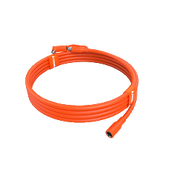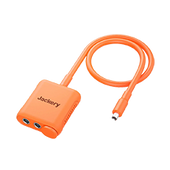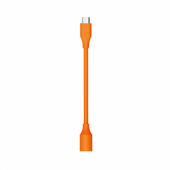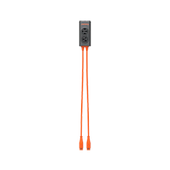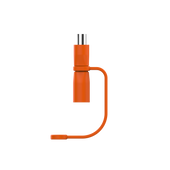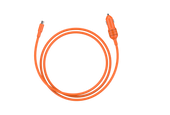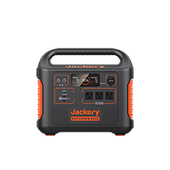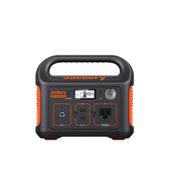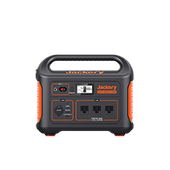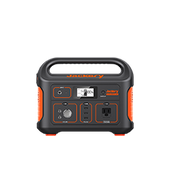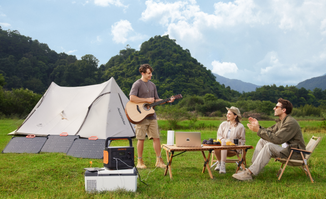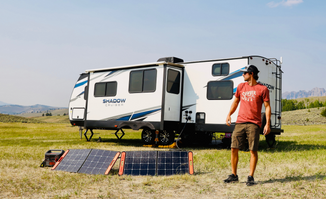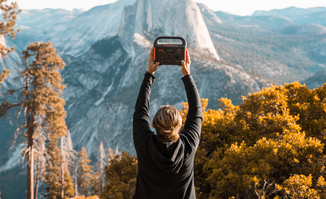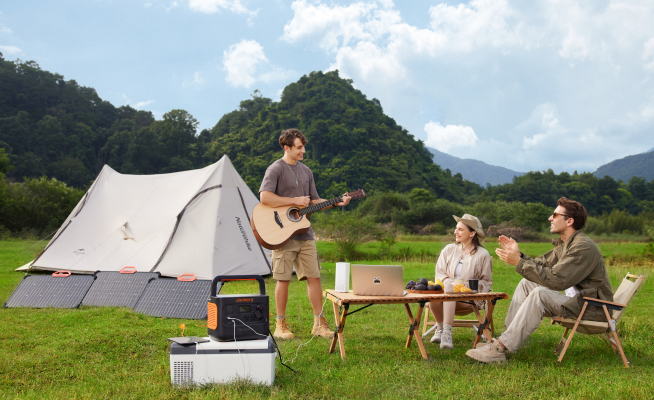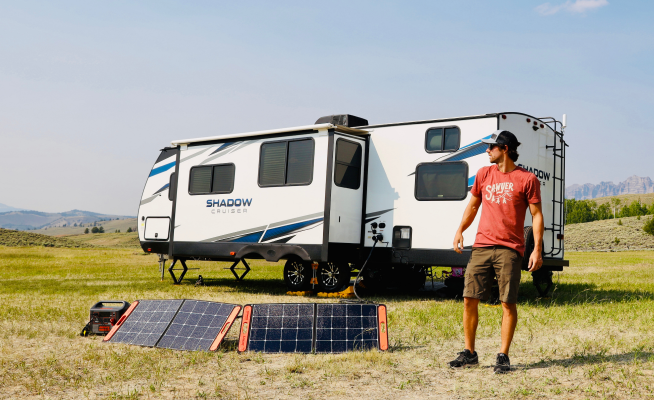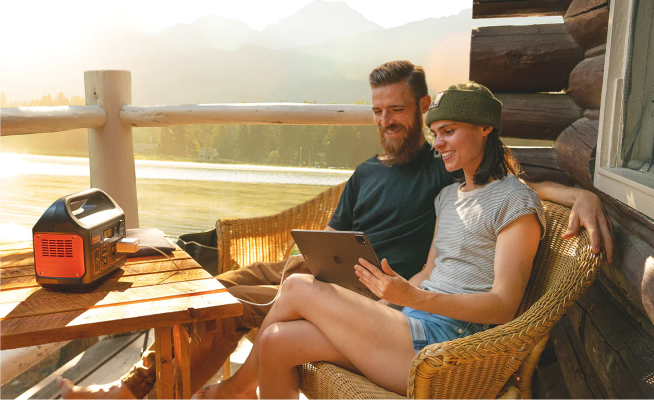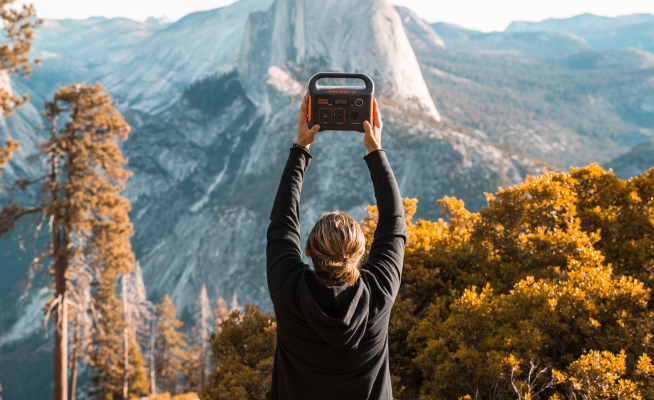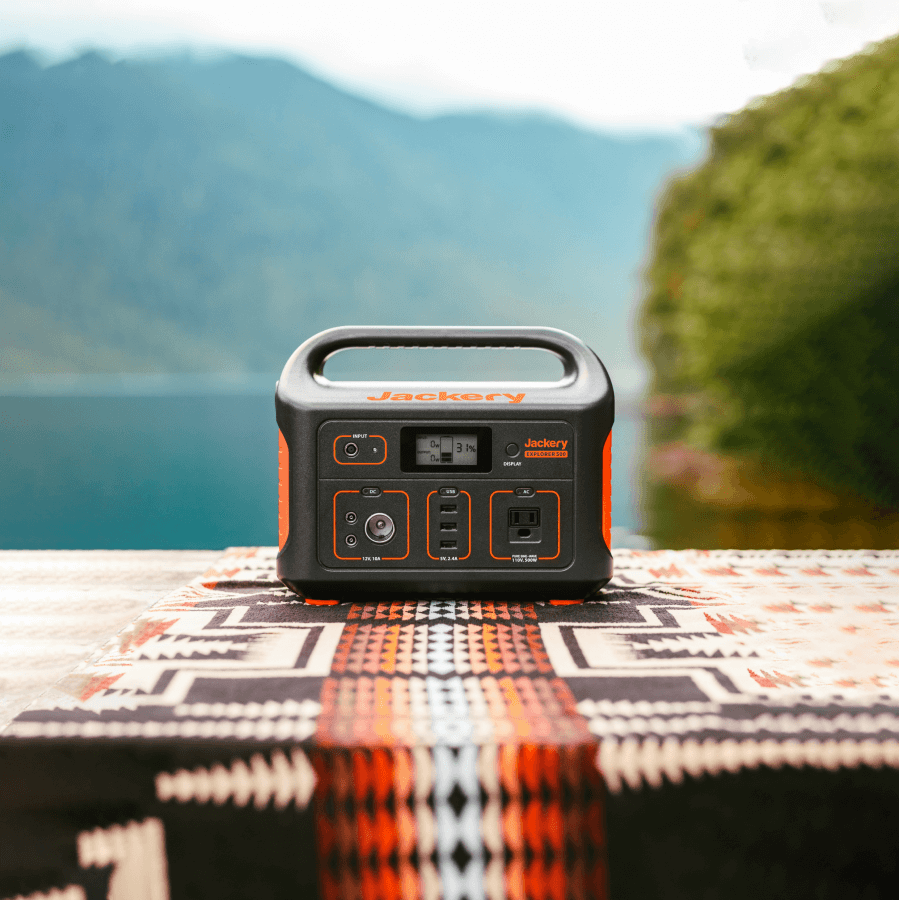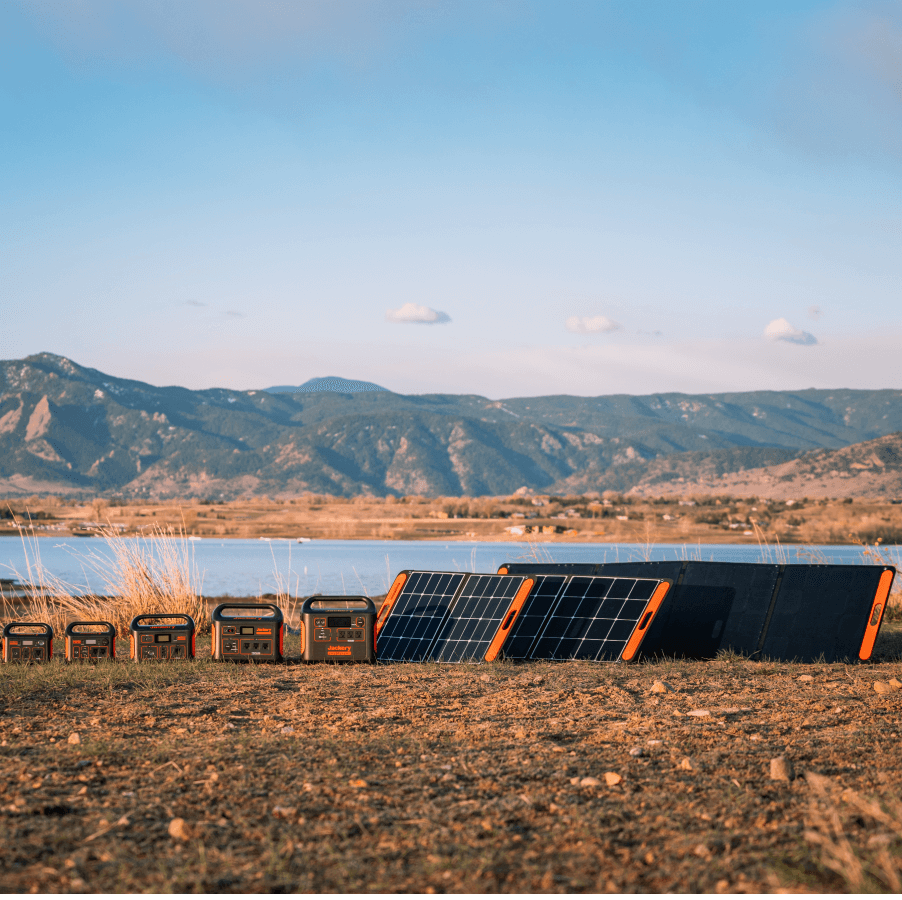Mountain biking offers a unique mix of physical challenge and mental reset. It strips away the noise of daily life and replaces it with the steady rhythm of tyres rolling over dirt, roots, and rock. Whether you’re cruising through serene forests or conquering rugged trails, mountain biking allows you to explore breathtaking landscapes while pushing your limits. This article introduces everything you need to know about mountain biking, as well as the role of solar generators in it. Read on to learn more!
Types of Mountain Biking
There are different types of mountain biking and each one of them comes with its own style of riding, terrain demands, and technicalities. Your whole preparation for the mountain biking trip depends on what type of adventure you are signing up for. Let's have a look at all these types one by one:
1.Cross-Country (XC)
Cross-country riding emphasizes endurance, speed, and efficiency over long distances. Riders often follow looped or point-to-point trails that include a mix of climbs, descents, and flat sections. The terrain tends to be less technical, though it still requires skill and control to maintain momentum and handle occasional obstacles.
Cross-country bikes are typically lightweight with front suspension, designed to cover ground quickly while conserving energy. This mountain biking type appeals to those who enjoy pushing their cardiovascular limits while exploring a variety of landscapes. It is a great starting point for those who want to build foundational fitness and trail awareness without diving into overly complex technical features right away.
2.Trail
Trail riding serves as the middle ground within the sport. It balances the endurance aspect of cross-country with more aggressive terrain features such as rock gardens, root clusters, small jumps, and rolling descents. You can choose this style if you value variety and adaptability.
Trail bicycles come with both front and rear suspension and geometry suited for climbing and descending with equal comfort. It is often considered the most versatile and widely practised form of mountain biking due to its accessibility and well-rounded nature. For many riders, trail biking is the favourite type of mountain biking because it finds a perfect balance between all the riding styles.
3.Downhill
Downhill mountain biking is focused on steep gradients, rapid descents, and highly technical features. Trails are specifically designed with sharp turns, large jumps, drops, and rough surfaces that demand precise control and advanced bike handling skills. Riders ascend to the trailhead using lifts, shuttle vehicles, or hike-a-bike methods, conserving energy for the descent.
Downhill bikes are built to endure tough conditions. They usually come with full suspension, heavy-duty frames, and advanced braking systems. This style is best suited for experienced riders seeking a focused and adrenaline-driven challenge.
Essentials for Mountain Biking
Starting mountain biking with the right cycling gear not only improves riding performance but also significantly enhances safety and comfort on the trail. While the sport does not demand a high-end setup to begin, a few well-chosen essentials will make a noticeable difference in both confidence and ride quality. While the exact items you need depend upon the specific type of mountain biking you are going for, here are the core gadgets every rider should consider before heading off-road.
1.Mountain Bike
Mountain bikes are not the same as commuter bikes. Selecting the right mountain bike is the first and most critical step. Before buying or upgrading the bike, assess the conditions where you will be riding and what kind of trails you will tackle.
Cross-country bikes are engineered for speed and efficiency, often featuring lightweight frames and limited suspension.
Trail bikes are more versatile, built to handle a wider range of terrain with moderate suspension and durable components.
Downhill bikes are engineered for aggressive descents, featuring full suspension, slacker geometry, and reinforced frames.
Riders should make the decision based on the type of trails they intend to ride, along with their skill level and long-term goals.
Also, consider the size of the bike, as poorly sized vehicles lead to discomfort, reduced control, and unnecessary fatigue. For beginners, visiting a local shop to find the proper fitting is worth the time.
2.Safety Equipment
Never overlook the importance of safety equipment during mountain biking. Having a helmet is non-negotiable, and it should meet modern safety standards and fit securely without shifting.
Additional protection includes gloves for grip and impact resistance, knee and elbow pads to guard against falls, and protective eyewear to shield the eyes from dust, debris, and low-hanging branches. These items may seem excessive at first, but they will prove essential when riding technical terrain or pushing personal limits.
3.Clothing
Wearing the right clothing improves your comfort and helps you enjoy the ride in a much better way.
Moisture-wicking jerseys keep riders dry and cool during difficult climbs or warm conditions.
Padded shorts reduce pressure and friction during longer rides, while sturdy shoes provide necessary grip and control, especially when navigating uneven surfaces or using flat pedals.
Clipless shoes and pedals may be appropriate as skills develop, but beginners benefit from starting with flat pedals and shoes that offer both comfort and traction.
4.Tools and Accessories
Always carry a basic repair kit while going on a mountain biking adventure. At a minimum, this kit should include a multi-tool, tyre levers, a spare tube or patch kit, and a mini pump or CO₂ inflator. A compact hydration pack is also necessary.
Tips on Mountain Biking for Beginners
Getting started in mountain biking involves more than just owning the right equipment. The choices made before and during a ride will define the overall experience. Here are some practical tips that will make your mountain biking experience stand out.
1.Start with Beginner-friendly Trails
Every cycling Canada trail has different characteristics, and you should select the route after careful consideration. Some trails include sharp descents, technical rock features, or narrow paths that require quick decision-making and refined control. Beginners should seek out green-rated trails or clearly marked beginner loops. These routes offer gentler gradients, fewer hazards, and room to practice basic techniques such as braking, shifting, and body positioning. Once you have enough skills, you can always shift towards more difficult tracks where you can push your limits.
2.Check Weather and Trail Conditions
Before heading out, take your time to check the weather forecast. Sudden changes in temperature, strong winds, or unexpected storms can affect both safety and visibility, especially in higher elevations or exposed areas. Even a light drizzle can make descents more dangerous and climbs more demanding.
In addition to weather, look into current trail conditions. Some trails become unsafe or get temporarily closed after heavy use or rain, while others may go under maintenance from time to time. Riding on damaged or overly saturated trails increases the risk of injury. Local biking forums, trail apps, or park websites provide up-to-date information to help riders plan accordingly, so do not forget to get in touch with all these platforms.
3.Bring a First-aid Kit and Emergency Contact Info
Minor crashes are common during mountain biking, and this is even more important when you are in the learning phase. That is why it is necessary to carry a compact first-aid kit that contains bandages, antiseptic wipes, and other basic supplies. It is also a wise approach to carry a physical card or ID that includes emergency contact information. In more remote areas with limited phone reception, this small step can make a meaningful difference during an unexpected incident.
4.Bring Backup Power if Possible
Longer rides or unfamiliar routes require constant access to navigation tools and communication devices. A dead phone or GPS device becomes more than an inconvenience when you are miles from the nearest road.
Similarly, you will also need to power the lights of the bike during dark periods of the day or while riding after dusk.
This is why carrying a small solar generator is recommended so that you can keep on powering your appliances wherever you go. This way, your safety will not be compromised and you will keep on enjoying the trip like never before. Furthermore, some solar generators are extremely lightweight, which makes their handling easy on bikes.

Jackery Solar Generator 300 Plus for Mountain Biking
Mountain biking enthusiasts find the Jackery Solar Generator 300 Plus a great addition to their cycling backpack. This is due to the fact that this generator comes with a plethora of features, such as:
1.High Power
The Jackery Solar Generator 300 Plus has a powerful battery capacity of 288Wh and a rated output of 300W (peaking at 600W). With these features, you can recharge your mobile phone for emergency purposes, recharge a drone to document the scenic beauty of your trail, power the GPS navigation devices to ensure your safety and keep the bike lights on through the evening.
2.Portable
The inbox Jackery Explorer 300 Portable Power Station only weighs 11 lbs, which makes it a highly portable solution. Similarly, the solar panels are foldable and similar in size to a book so that you can easily fit them in your bag without adding any significant bulk to your luggage. This level of portability is valuable for riders who prefer minimal setups and need to move fast between locations without dragging heavy equipment.
3.Safe
At Jackery, we have equipped this unit with advanced safety features. These features will keep you and your equipment safe from any potential hazard. The Jackery Solar Generator 300 Plus uses a Lithium Iron Phosphate (LiFePO₄) battery, known for thermal stability and a long operating life.
This solar generator includes 52 built-in protections, from overcharge and short-circuit safeguards to intelligent battery management algorithms. These layers of protection allow you to charge sensitive devices with confidence, even in harsh outdoor environments.
4.Reliable
This portable solar power station is a highly dependant unit that will keep on powering your appliances in the toughest of conditions. The LiFePO4 battery has a cycle life of over 3,000 charges to 80%+ capacity, which will help you power your gadgets for more than a decade to come.
Conclusion
Mountain biking continues to grow because it allows riders to explore the outdoors on their own terms. Understanding the different types of mountain biking, choosing the right gear, and doing all the preparations are important before starting these trips. A small solar generator like the Jackery Solar Generator 300 Plus can keep your electronics up and running even in the middle of testy terrains. With its reliability, portability, and efficiency, it ensures that your devices stay powered so you can focus on the trip without worrying about your safety and connectivity, no matter how far your ride takes you. Browse our solar generators and portable power stations for more information.






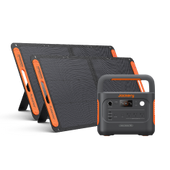


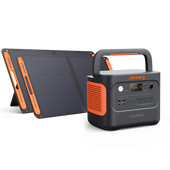

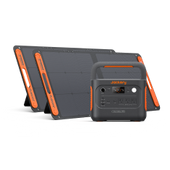
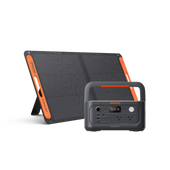
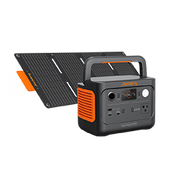
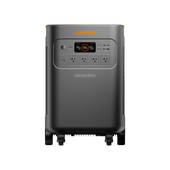
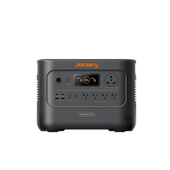
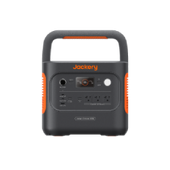
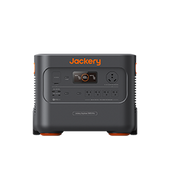
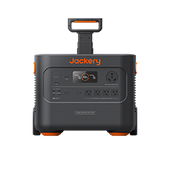

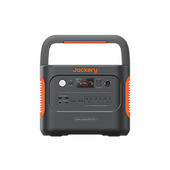
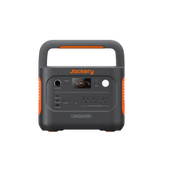


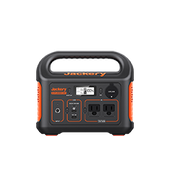
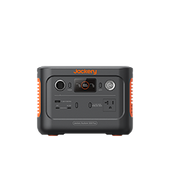




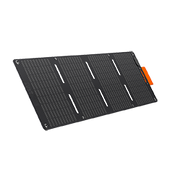
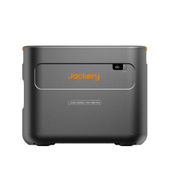
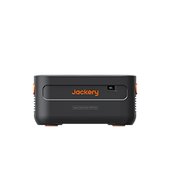
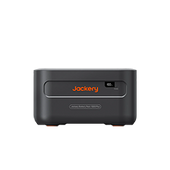
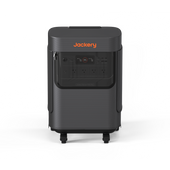
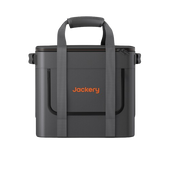
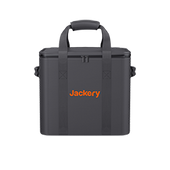
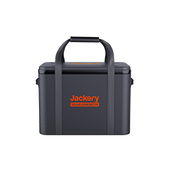
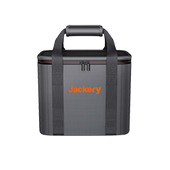
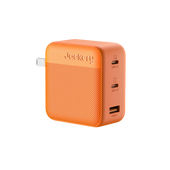
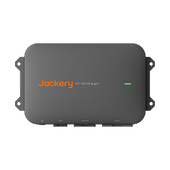
![[Add-on] Jackery Manual Transfer Switch for Explorer 5000 Plus](http://ca.jackery.com/cdn/shop/files/add-on-jackery-manual-transfer-switch-for-5000-plus-240V.webp?v=1757043692&width=170)
